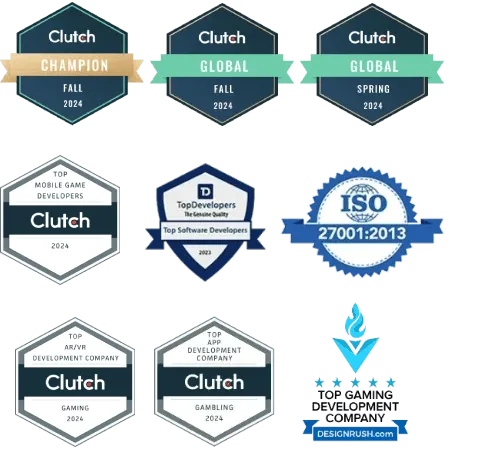Color is one of the most powerful tools in mobile game design. It shapes how players feel, react, and interact with the game — often without them even realizing it. From calming blues to energizing reds, the right color palette can elevate gameplay, boost retention, and emotionally connect users to your game. Let’s explore how color psychology influences mobile game design and why developers must treat it as a core design element rather than just decoration.
First Impressions Are Color-Driven
When players first open a game, their brain processes color before shape, text, or even gameplay. Within milliseconds, color sets the tone: bright and playful, dark and mysterious, or sleek and competitive. These first impressions are critical in the ultra-competitive mobile market, where many users decide within seconds whether to continue or close the app. A cheerful pastel palette might attract casual gamers, while high-contrast neons may appeal to arcade or action fans.
Emotional Triggers in Color Choices
Colors are linked with specific psychological effects:
- Red evokes urgency, excitement, and danger. It’s often used in alert states or fast-paced mechanics.
- Blue brings a sense of calm, trust, and stability — ideal for puzzle games or background environments.
- Yellow stimulates optimism and energy, but overuse can cause visual fatigue.
- Green symbolizes growth and balance, commonly used in reward systems or progress indicators.
- Purple is associated with mystery, magic, and luxury — often found in fantasy or strategy games.
By carefully balancing these associations, designers can guide how a player feels throughout gameplay — energizing them during challenges and soothing them in downtime.
Color as a Functional Game Mechanic
Beyond aesthetics, color plays a direct role in usability and gameplay mechanics. In memory games like Butterfly Blink, distinct and vivid colors help players differentiate visual elements quickly. Matching systems often rely on color grouping. In UI design, color is crucial for creating clear hierarchy: buttons, alerts, and interactive elements need strong contrast and consistency to avoid confusion.
Poor color choices — like low-contrast text or oversaturated backgrounds — can lead to frustration, eye strain, and even premature app abandonment. Designing with accessibility in mind (such as colorblind-friendly palettes) ensures your game reaches and retains more players.
Building a Cohesive Visual Identity
A memorable color palette becomes part of your brand. Think of the soft blues of Candy Crush, the bold neons of Geometry Dash, or the dreamy purples of Alto’s Adventure. These palettes not only fit the gameplay mood but also enhance brand recognition across platforms and app stores. Consistency in color use across menus, gameplay, and even promotional art creates a seamless player experience.
Final Thoughts
The psychology of color in mobile game design is far from superficial. It affects perception, behavior, emotion, and performance. Smart use of color can increase session time, reduce cognitive load, and create lasting emotional bonds with players. Whether you’re crafting a fast-paced arcade or a gentle memory puzzler, let your color choices be as intentional as your game mechanics — and your players will feel the difference, even if they can’t explain why.


No responses yet